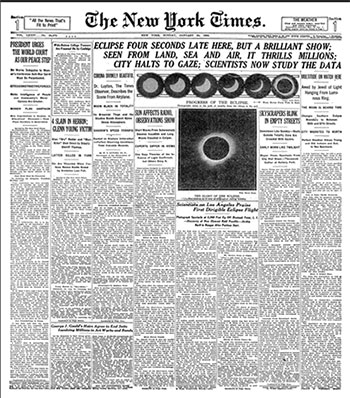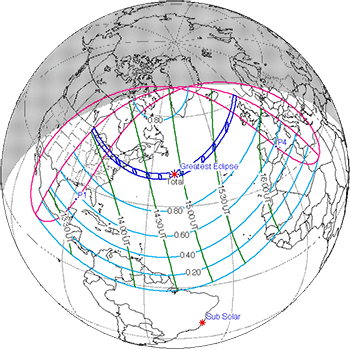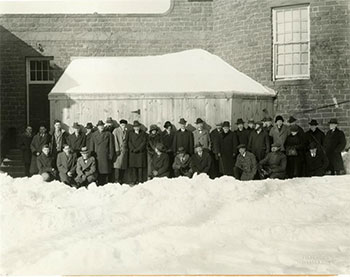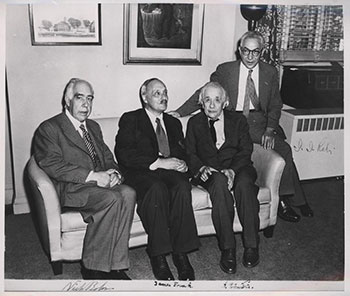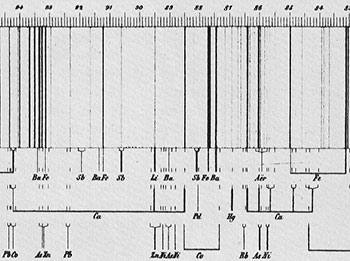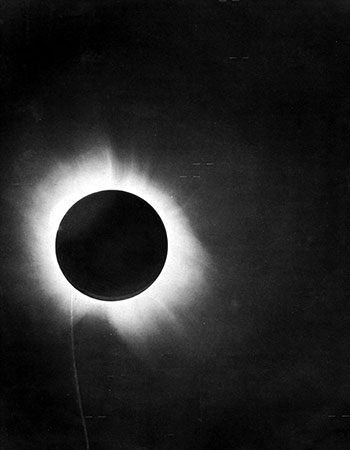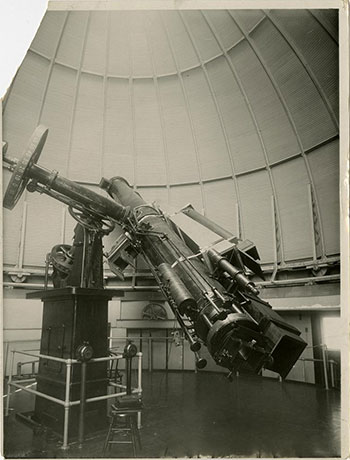Astronomers at Wesleyan University utilized both Bohr’s and Einstein’s theories. According to The New York Times, astronomers tested Einstein’s theory of general relativity. Other astronomers visiting Wesleyan also allegedly discovered a new gas during the eclipse, Wesleyan Astronomy Professor Frederick Slocum claimed. However, the excitement surrounding the findings appears to have been short-lived. Of course, this was not the first confirmation of Einstein’s theory, and Slocum would not name the gas or describe its properties. It is likely that, like coronium, the element was merely a highly ionized version of an already known element.
Future Eclipses Visible from Wesleyan
Others that participating in Solar Eclipse Expeditions
View
